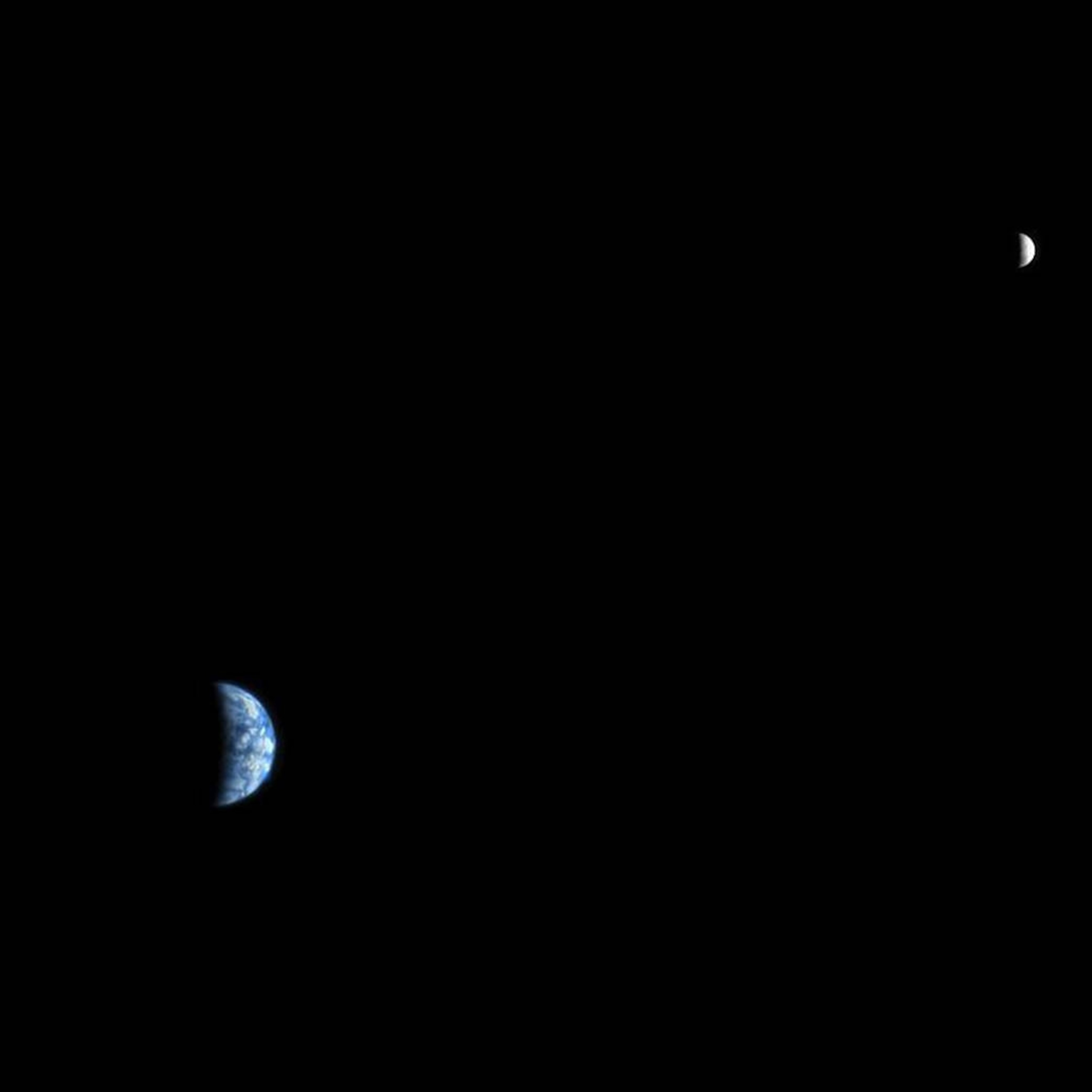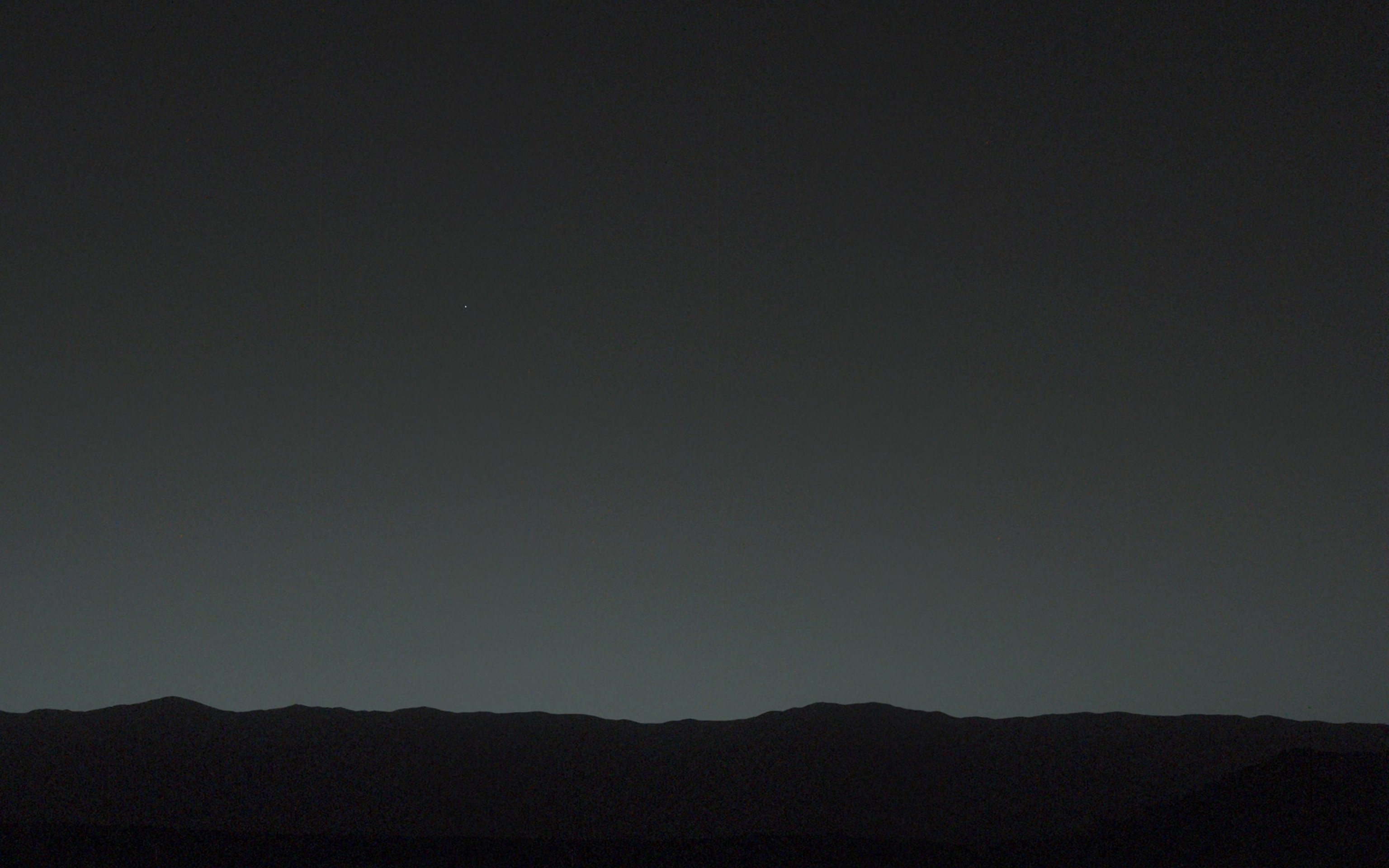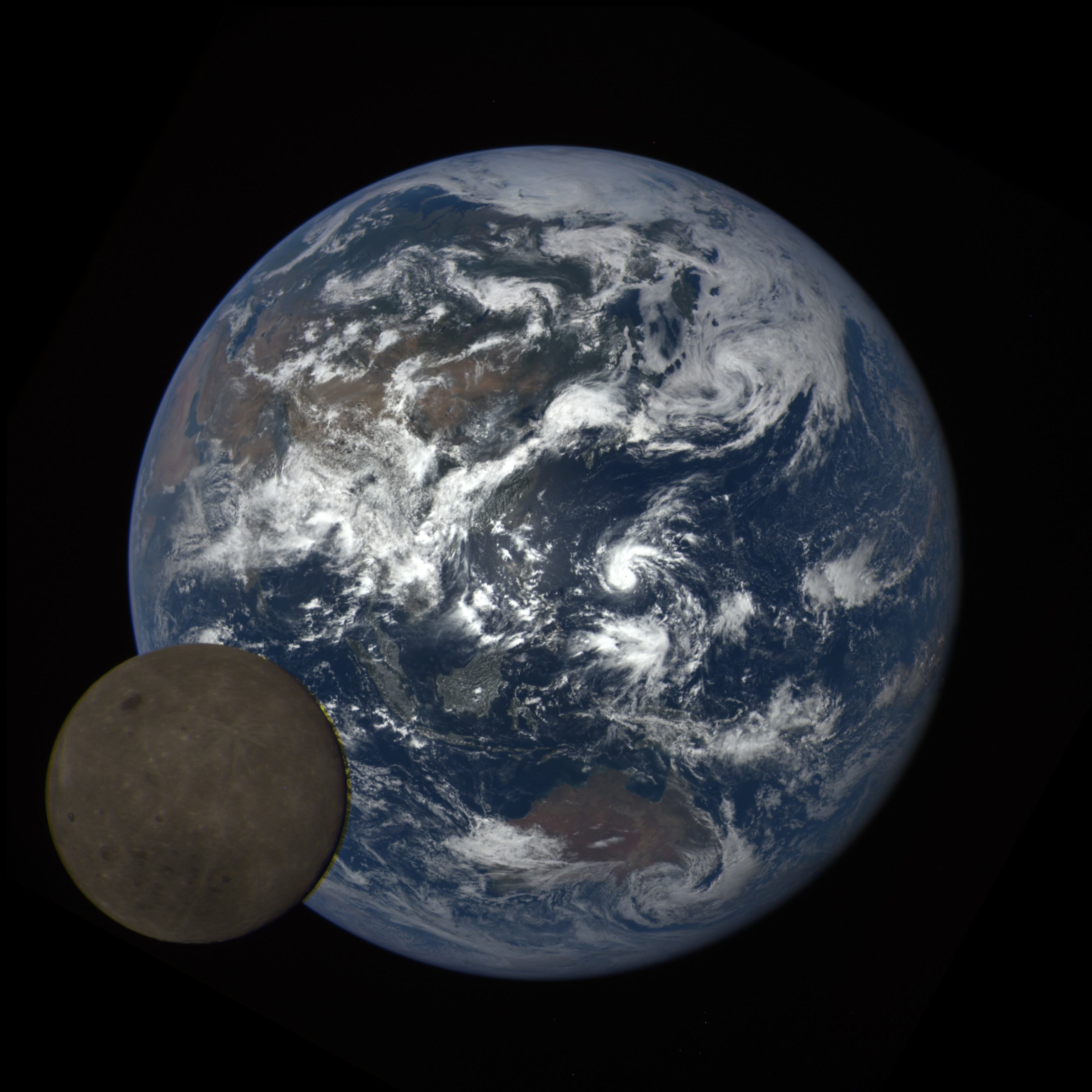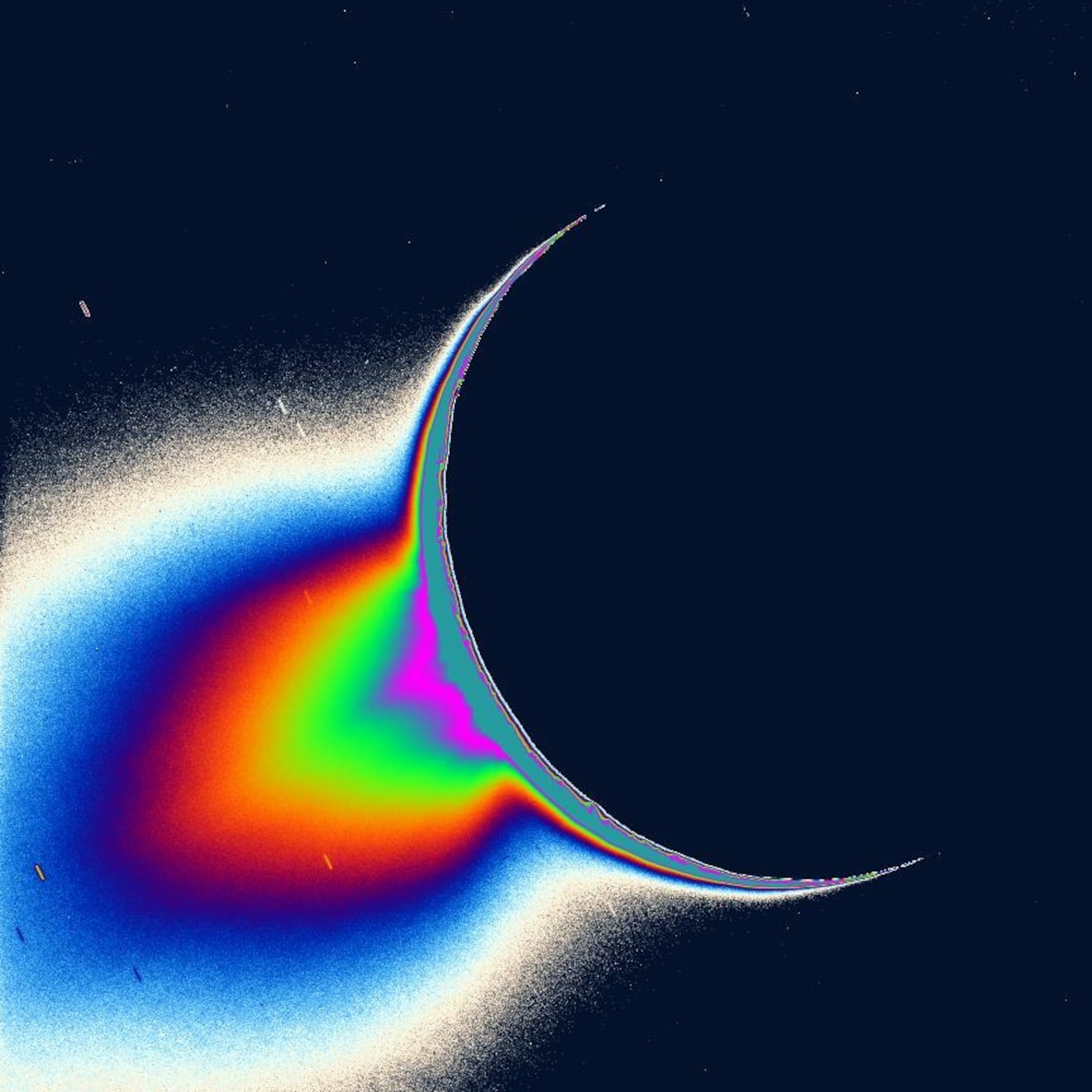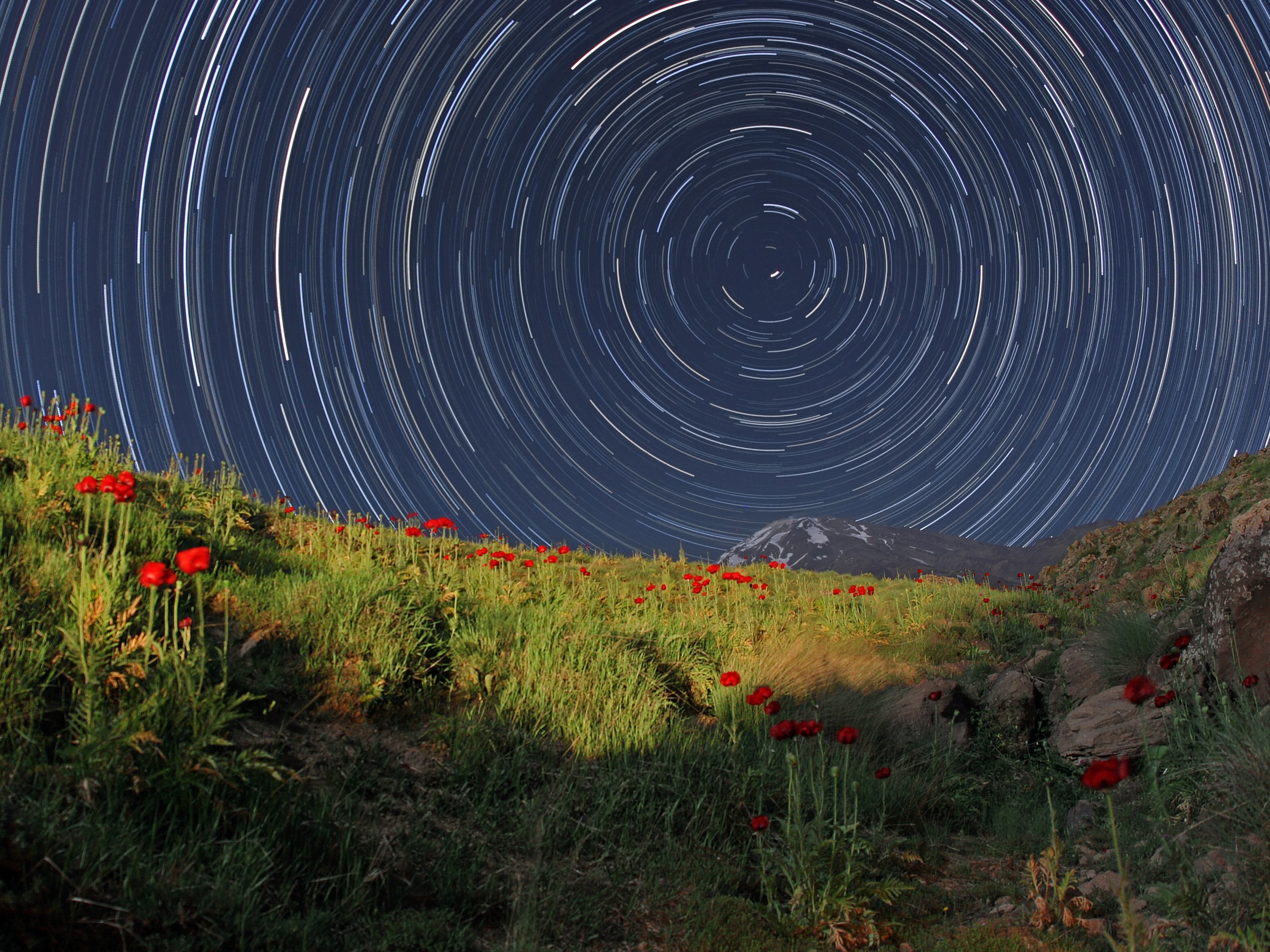
We saw Earth rise over the moon in 1968. It changed everything.
The famous Christmas Eve snapshot took 90 seconds to make and kicked off five decades of awareness of our planet’s beauty and fragility.
A half-century ago, three humans sailed into lunar orbit, looped around the moon 10 times, and returned home. By the time Earth’s gravity had once again fastened them firmly to the planet, the Apollo 8 crew were rightly celebrated as the first Earthlings to visit our celestial companion.
But their true legacy revealed itself three days later, on December 30, 1968, when NASA released an image taken on Christmas Eve that shows our home planet suspended above the moon.
Now called Earthrise, the image is legendary; a postcard from the first souls to truly leave Earth behind. True, spacecraft had sent back views like this before, but this photo was the first of its kind taken by a spellbound human holding a camera. In it, Earth’s marbled beauty leaps from the darkness of space, amplified by the bleak, almost monochromatic lunar horizon in the foreground.
“It’s clearly the most important photograph ever made,” says National Geographic photographer Brian Skerry, who likens the image to humanity seeing itself in a mirror for the first time.
“We have astronauts on a spaceship in another place, looking back on this beautiful planet with another heavenly body in the foreground—it’s stunning. It checks all the boxes.”
The birth of Earthrise
Initially projected to be delayed by hardware issues, the Apollo 8 flight date got moved up to December 1968, as rumors suggested that the Soviets would imminently attempt to send a human to the moon. Having been beaten to space by cosmonaut Yuri Gagarin seven years earlier, NASA was reluctant to miss its shot at claiming a different spaceflight first.
So, when commander Frank Borman, navigator Jim Lovell, and rookie Bill Anders finally strapped themselves on top of the biggest rocket ever built, they were riding a controlled bomb that had not been completely checked out, inside a spacecraft that had not been tested to everyone’s satisfaction.
But the launch went off smoothly, and the crew soon found themselves looking back on a swirled world of creamy aquamarine that got smaller, and smaller, and smaller. Anders had been put in charge of the Hasselblad cameras in the cabin, and he snapped a few images of planet Earth as they left, as well as taking pictures of the ridges and craters on the lunar surface.
“Looks like plaster of Paris, or sort of a grayish deep sand,” Lovell told mission control in Houston.
The crew looped around the moon three times and then famously greeted the citizens of Earth from lunar orbit during a Christmas Eve broadcast. On their fourth loop, though, the crew encountered something they were entirely unprepared for: a striking view of home, sliding out from behind the moon like a misshapen bowling ball.
“Oh my God! Look at that picture over there!” Anders exclaimed. “Here’s the Earth coming up. Wow, is that pretty!”
He snapped a quick photo of the scene in black and white as Lovell scrambled to find a canister of color film, laboring long enough that once he loaded the film about 40 seconds later, the view had vanished.
“Well, I think we missed it,” Anders lamented.
But the planet appeared again in a different window, and Anders floated over to capture the scene, bickering with Lovell about exposure settings and framing. That set of color images, which are most often seen today rotated 90 degrees to the right, contains the photo that’s now immortalized and revered; the product of a flash of excitement and 90 seconds of feverish activity. (Here's how astronauts today feel about seeing Earth from space.)
“When something happens like that, it speaks to us on a level that we don’t maybe fully understand,” Skerry says. “You can’t—as an artist, as a photographer, as a writer—you can’t necessarily predict it. It just happens. And that’s kind of the magic of art, isn’t it? We create things as human beings that speak to people in different ways.”
Pale blue dot
That photo of Earth is often credited with helping to launch the environmental movement, and it has inspired 50 years’ worth of images of our home taken from space. Many of those also pack an emotional punch or delight us in different ways.
One picture from Apollo 17, the last human mission to the moon, shows astronaut Jack Schmitt on the lunar surface with Earth taking the place of the moon high in the sky. Decades later, a frame caught by a spacecraft on its way to Mars features a crescent Earth and a crescent moon, their relative sizes and separation starkly apparent.
What can we do now to make sure that we have a 2068 for our Earth?Leland Melvin, NASA astronaut
But few images following in Earthrise’s spirit come close to being as profoundly revelatory—except, perhaps, one made by the Voyager 1 spacecraft on Valentine’s Day in 1990. On its way out of the solar system and headed for a lonely, endless journey through interstellar space, Voyager turned around and took a long look at home. There, from the edge of the unknown, our pale blue dot hung suspended “like a mote of dust in a sunbeam,” Carl Sagan wrote in 1994.
“That’s home. That’s us,” Sagan wrote. “There is perhaps no better demonstration of the folly of human conceits than this distant image of our tiny world. To me, it underscores our responsibility to deal more kindly with one another, and to preserve and cherish the pale blue dot, the only home we've ever known.”
For many people, Earthrise and the family of earthly portraits that it raised highlight the paradoxical context in which we exist: Our planet is simultaneously cosmically insignificant, and the most important thing we share as a species.
Earth in 2068
The question now is whether anything could truly replicate the impact of the original Earthrise, which was the first to put all of humanity in that whole new context.
“Never say never, but I don’t know that there’s anything that can be done that would have that magnitude of revelation, on many levels, that the image created and still has today,” Skerry says. “You can look at it for decades, and it doesn’t get old.”
But it is possible to carry the legacy of that image into the future, so that we may celebrate the 100th anniversary of its making. NASA astronaut Leland Melvin, along with a small group of fellow space travelers, is trying to do just that by sharing the lessons learned while in orbit.
“It made me want to come home and break down any barriers and any hostilities and try to be this mediator between people to say, Look, we’ve got this one planet that we’re existing on, and if we don’t get our acts together, we’re going to kill ourselves and we’re going to decimate the planet at the same time,” Melvin says.
“What can we do now,” he asks, “to make sure that we have a 2068 for our Earth?”







